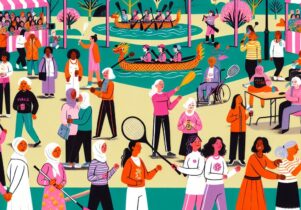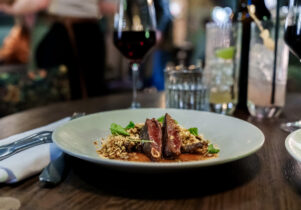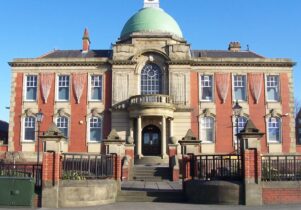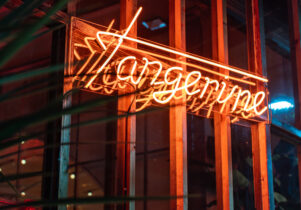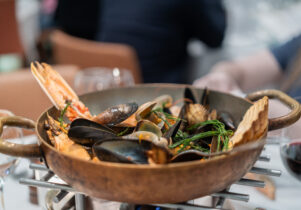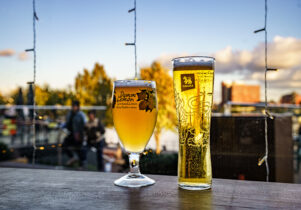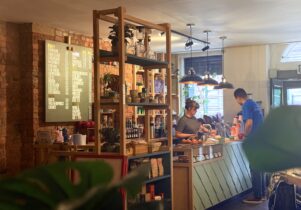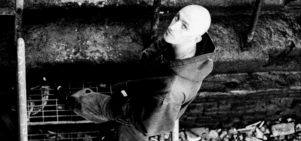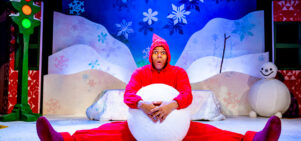Wives and Daughters season at Elizabeth Gaskell’s House online
Sarah-Clare Conlon, Literature EditorBook now
Wives and Daughters - Events Season at Elizabeth Gaskell's House
Always double check opening hours with the venue before making a special visit.
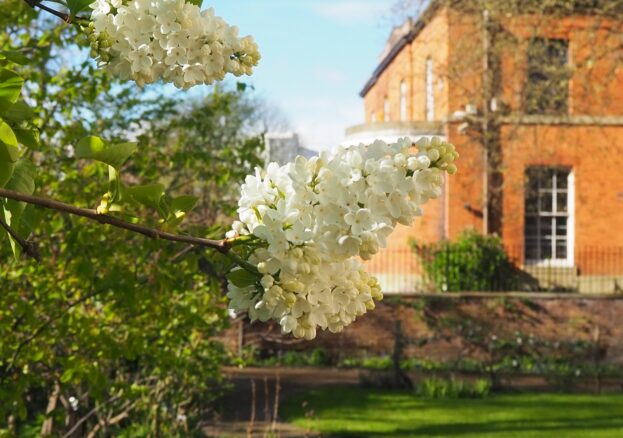
The team at Elizabeth Gaskell’s House continues its deep dive into one of the famous 19th-century author’s texts: Wives and Daughters.
So far this year, we’ve enjoyed a host of events celebrating this fascinating novel and TV adaptation, and gained some great insights from enthusiastic and knowledgeable speakers. Though unfinished, Gaskell’s last work, Wives and Daughters, is a literary masterpiece that is described as ‘the most underrated novel in English’ but which shows Gaskell at the height of her literary powers.
Wives and Daughters is set in a small English country town, based, we’re told, on Knutsford, with the big house being a loose version of Tatton. The story centres on young Molly Gibson’s response to her doctor father’s new marriage and its impact (and that of her difficult stepmother and beautiful stepsister) on those around her, and the novel teems with understated wit, revealing Elizabeth Gaskell’s skill at comedy and offering a wry social commentary on rural life.
The season continues to stream from Elizabeth Gaskell’s House on Manchester’s Plymouth Grove in Chorlton-on-Medlock (and just awarded official museum status, coinciding with the 10-year anniversary of opening to the public – hurrah!), giving audiences the chance to find out more about the social and personal context in which the book was written, pitting Elizabeth Gaskell’s tome against others published by women authors at the same time and exploring the influence of Victorian society – and social change – and the industrial Manchester in which she lived.
Wives and Daughters V Mansfield Park – The Domestic Novel (Wednesday 18 September, 7-8pm) In this partnership event with Jane Austen’s House, the ‘domestic novel’ of the 19th century is explored through the works of two of the nation’s best-loved authors. Jane Austen’s classic novel Mansfield Park tells of Fanny Price trying to navigate love and loneliness on the edge of family life with her richer relatives while Elizabeth Gaskell’s Wives and Daughters shows the coming of age of heroine Molly Gibson in a small English country town. Both girls are central characters, observant of the people around them and recognised by others for their goodness, exposing the minutiae of their day-to-day existence and the narrow social confines of women’s lives. But reading between the lines, this talks ask what hints does each author give beyond this?
Elizabeth Gaskell and George Eliot – Wives and Daughters V Middlemarch (Wednesday 2 October, 7-8pm) In an exciting new partnership with the George Eliot Fellowship, Dr Diane Duffy and Professor Ruth Livesey take a closer look at these two unique writers, very different in almost every way. Eliot was private and intellectual, while Gaskell was outgoing, gossipy and deeply shocked by the scandal of her fellow writer’s personal life. So how did these differences affect their work? How did they approach similar themes, such as provincial life, women’s education, humorous characters and the inner life? What are the similarities (and differences) in their masterpieces? And what did each author really think of the other?
Unmarried Women – A life of Freedom? (Wednesday 16 October, 7-8pm) Elizabeth Gaskell’s Wives and Daughters explored the position of women in 19th-century society and the pressure on them to marry. Her book had much to say about marriage, including storylines like Mrs Gibson’s marriage of necessity, Cynthia’s secret engagement and Molly’s hoped-for love-match, but how did the writer view marriage and were there any other options for unmarried women? In this special dual talk, Elizabeth Williams, chairwoman of the Gaskell Society and a trustee of Elizabeth Gaskell’s House, and Charlotte Furness, writer and heritage historian, look at unmarried women in fact and fiction and introduce the real women who challenged and defied the societal expectations of their times by making the conscious decision not to marry a man.

